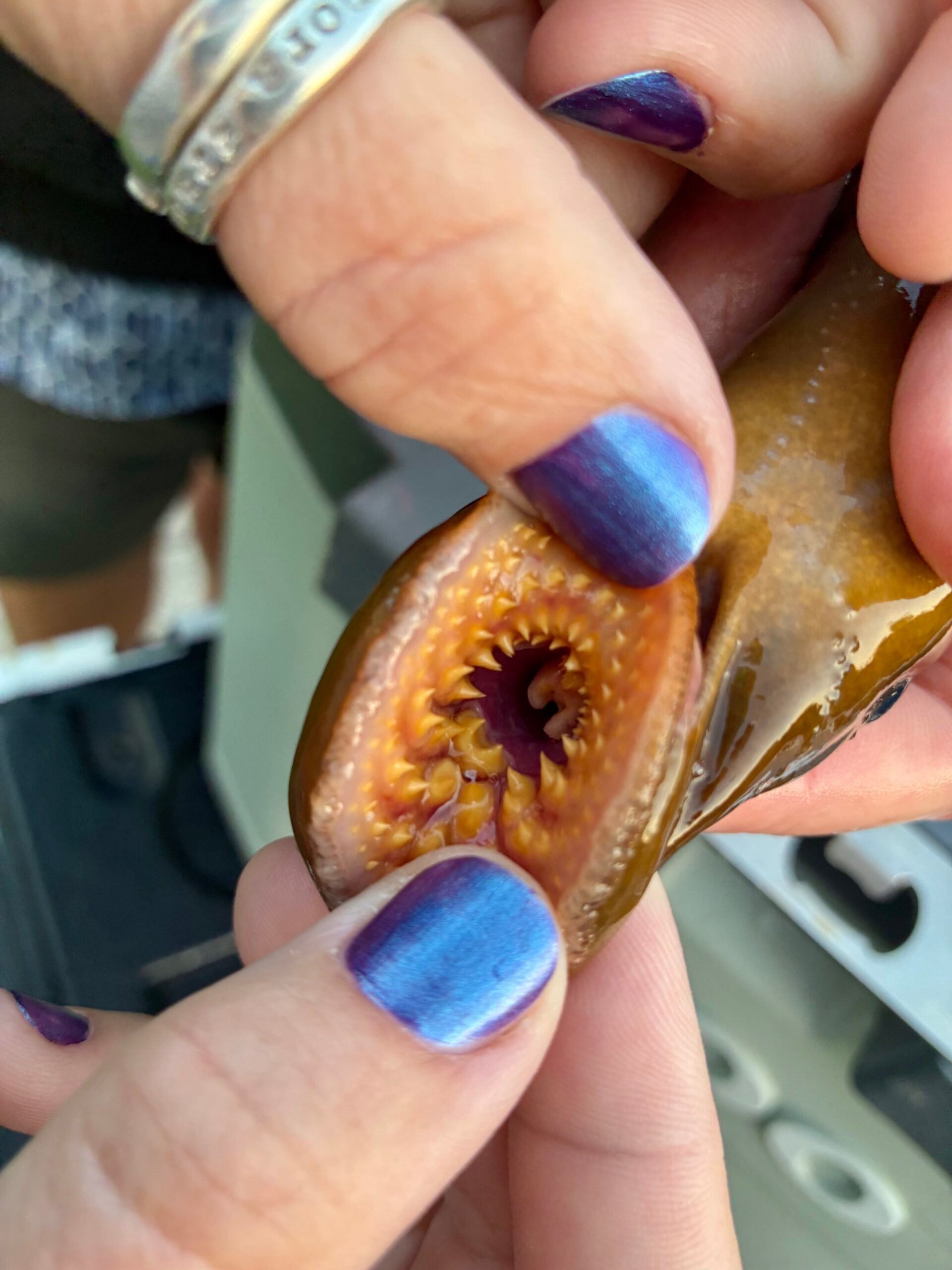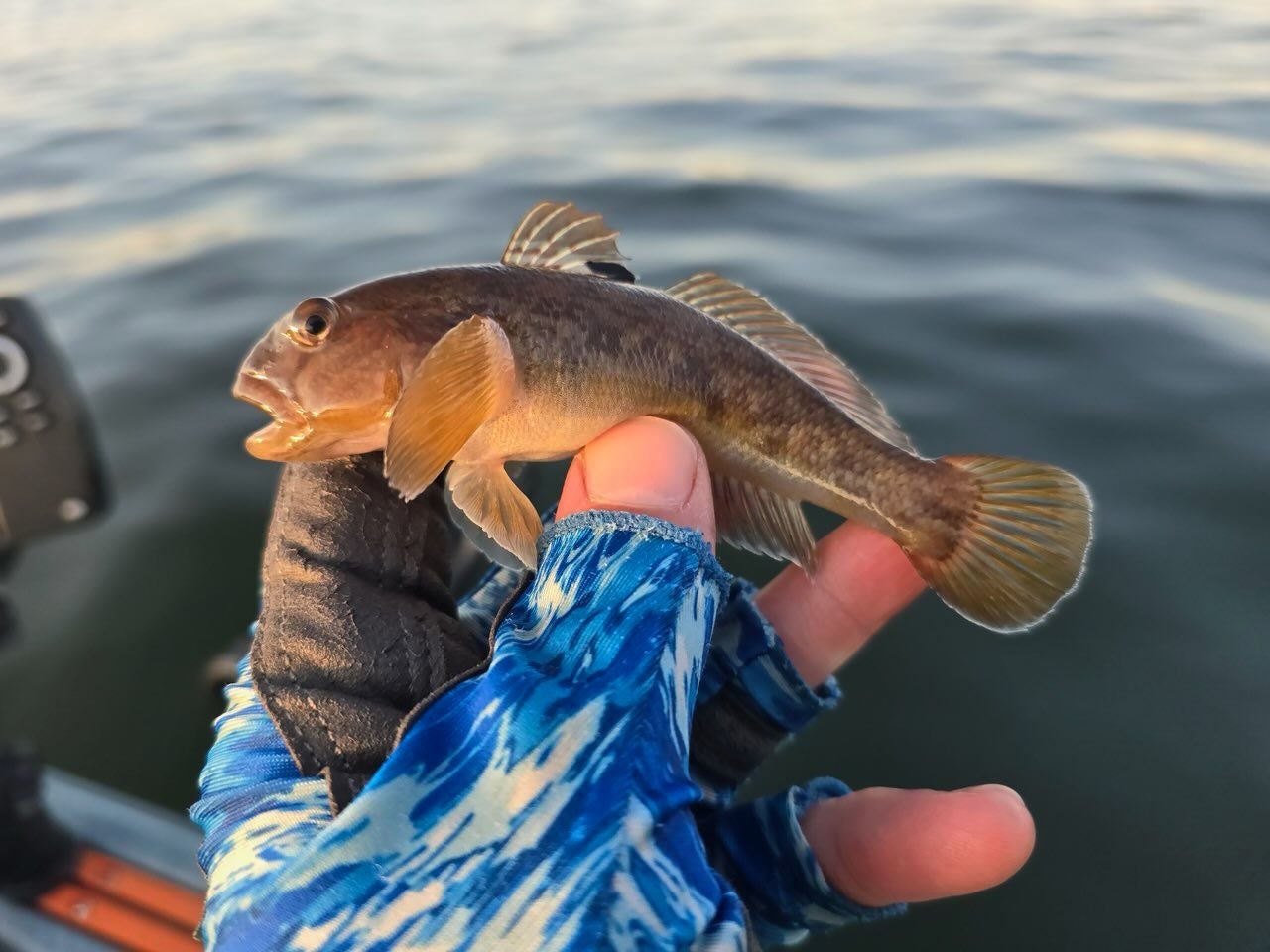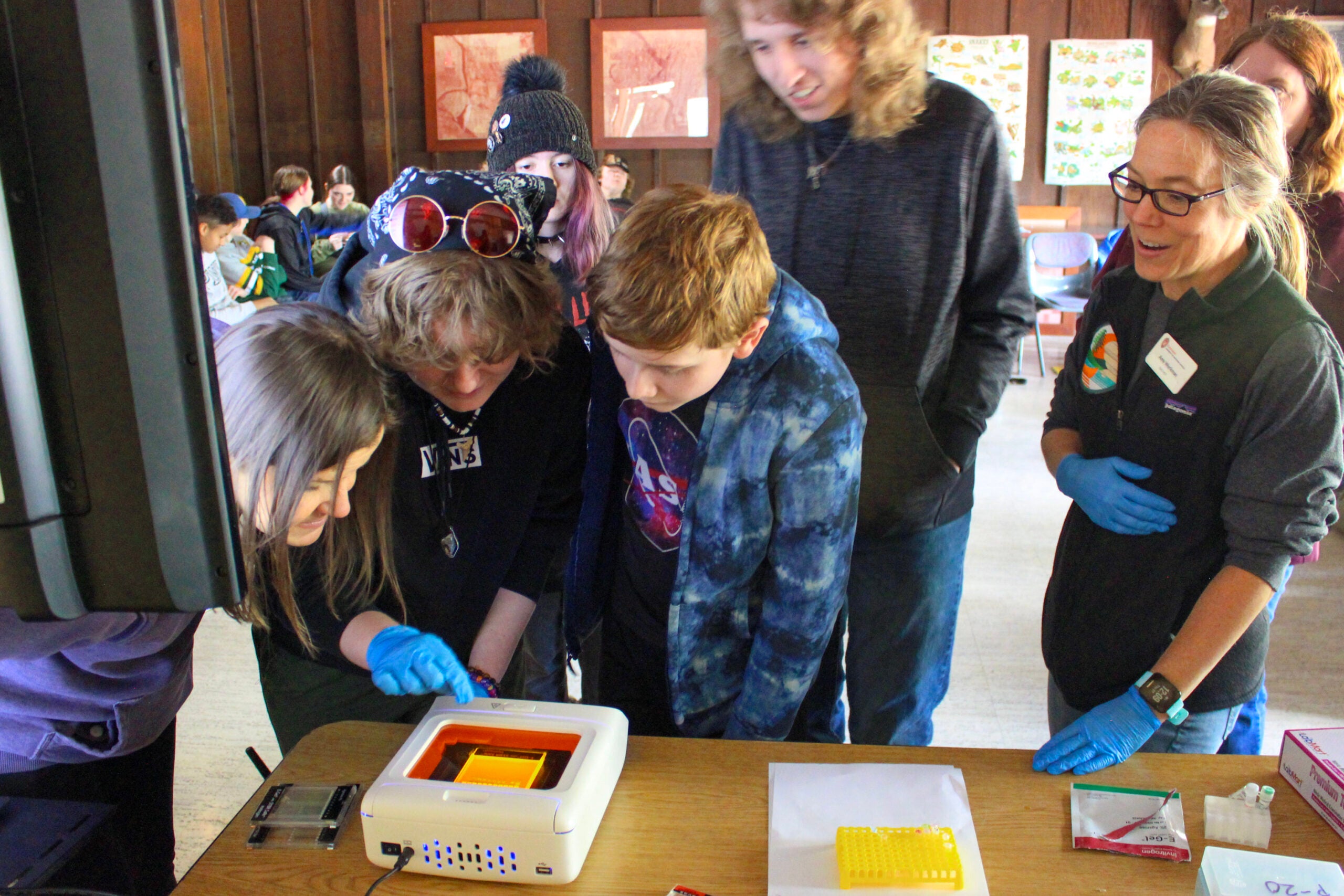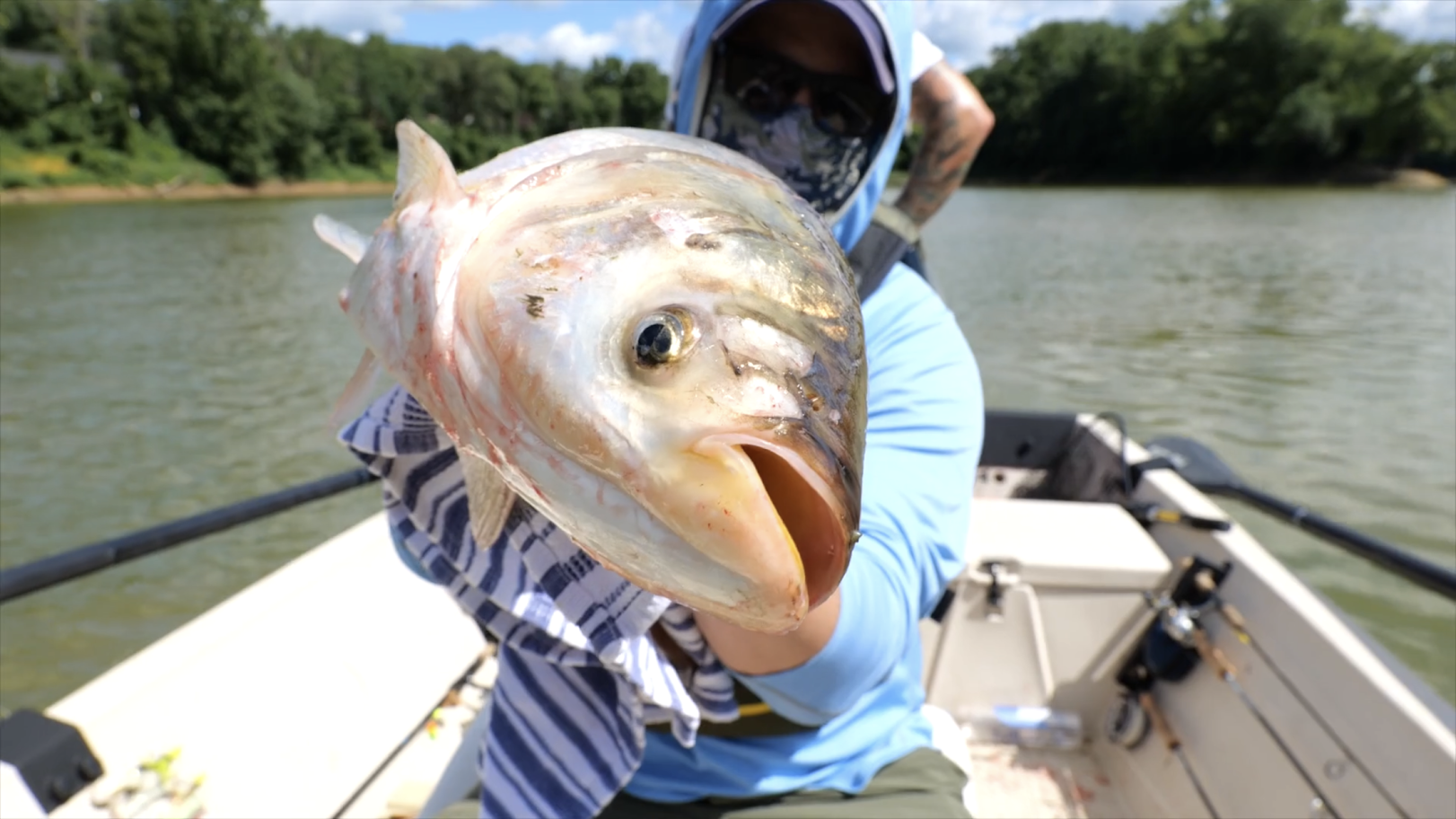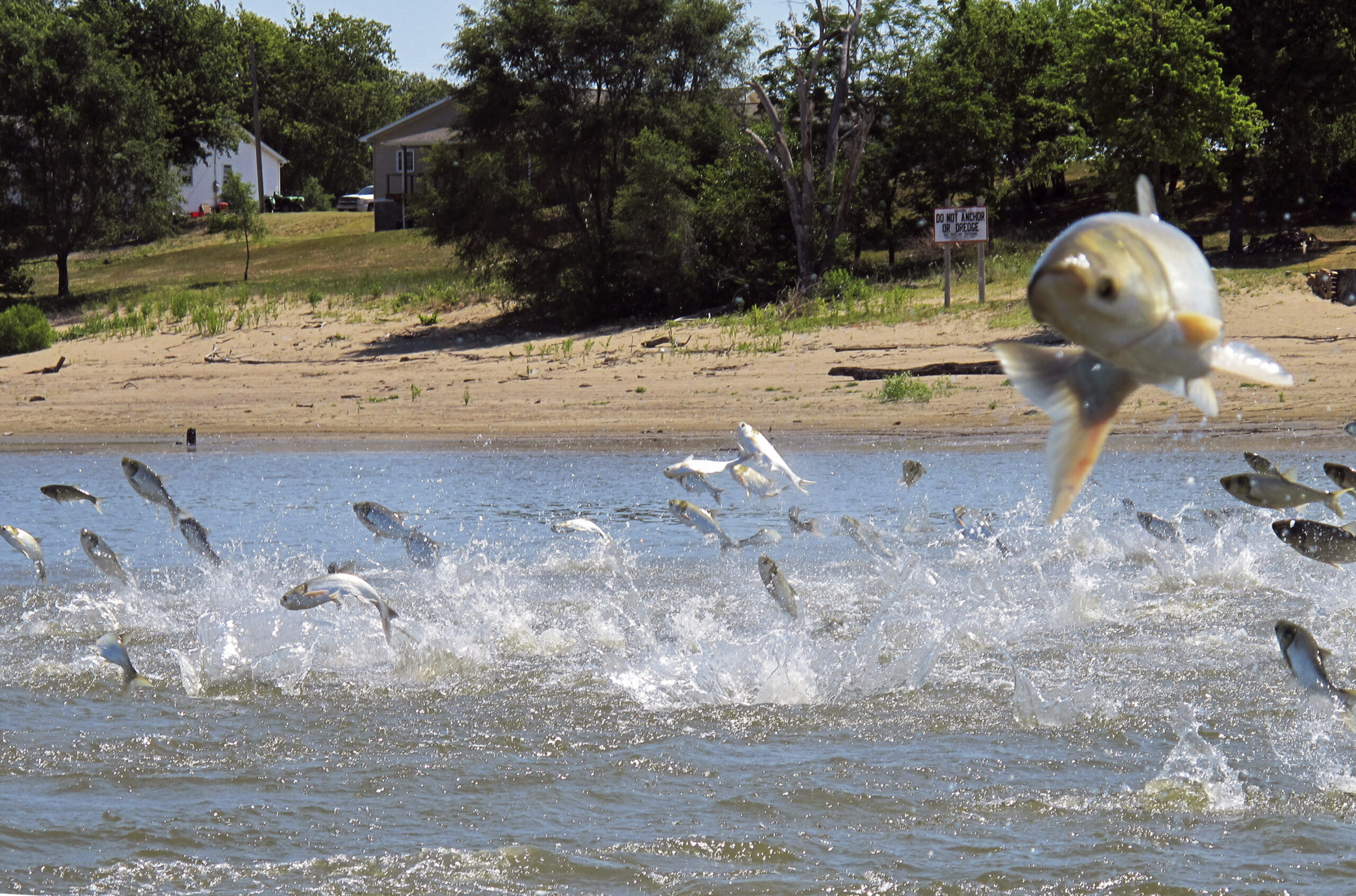Jordan Weeks from the Wisconsin Department of Natural Resources said he was concerned when a record number of invasive carp were found in the Mississippi River north of Trempealeau in late March.
A commercial fishing business contracted by the Minnesota DNR found 30 silver carp in Pool 6 of the river. The invasive fish have been found in this part of the river before, but the Minnesota agency reported it’s the largest number captured at one time that far upstream.
“We kind of knew they were here in those numbers, we just didn’t catch them,” said Weeks, who is the Mississippi River fisheries team leader for the Wisconsin DNR. He said silver carp are difficult to capture because of their unusual ability to jump out of the water in order to escape from nets.
News with a little more humanity
WPR’s “Wisconsin Today” newsletter keeps you connected to the state you love without feeling overwhelmed. No paywall. No agenda. No corporate filter.
The record-high catch has brought renewed attention to the invasive species that have already taken over much of the southern Mississippi River.
Weeks said the last big catch on the northern part of the river was in 2020, when commercial fishermen caught 50 silver and grass carp near La Crosse. While the invasive species have been spotted in small numbers in the upper Mississippi since the mid 1990s, Weeks said the 2020 catch was his agency’s “first real big red flag” that the fish were present in larger numbers.
Rebecca Neeley is project leader at U.S. Fish and Wildlife Service’s conservation office in La Crosse. Her office evaluates invasive carp that are found by state agencies, collecting data on their age, sex and even where they originated. While they’re still waiting to get data back on the fish caught in March, she said the invasive carp caught in 2020 and 2021 all came from the area of the river between Illinois and Missouri. She said prolonged flooding in 2019 allowed invasive fish to easily move north.
“The fish that we’re seeing are more than likely, I can’t say with certainty, but more than likely due to that flooding event in 2019,” she said.
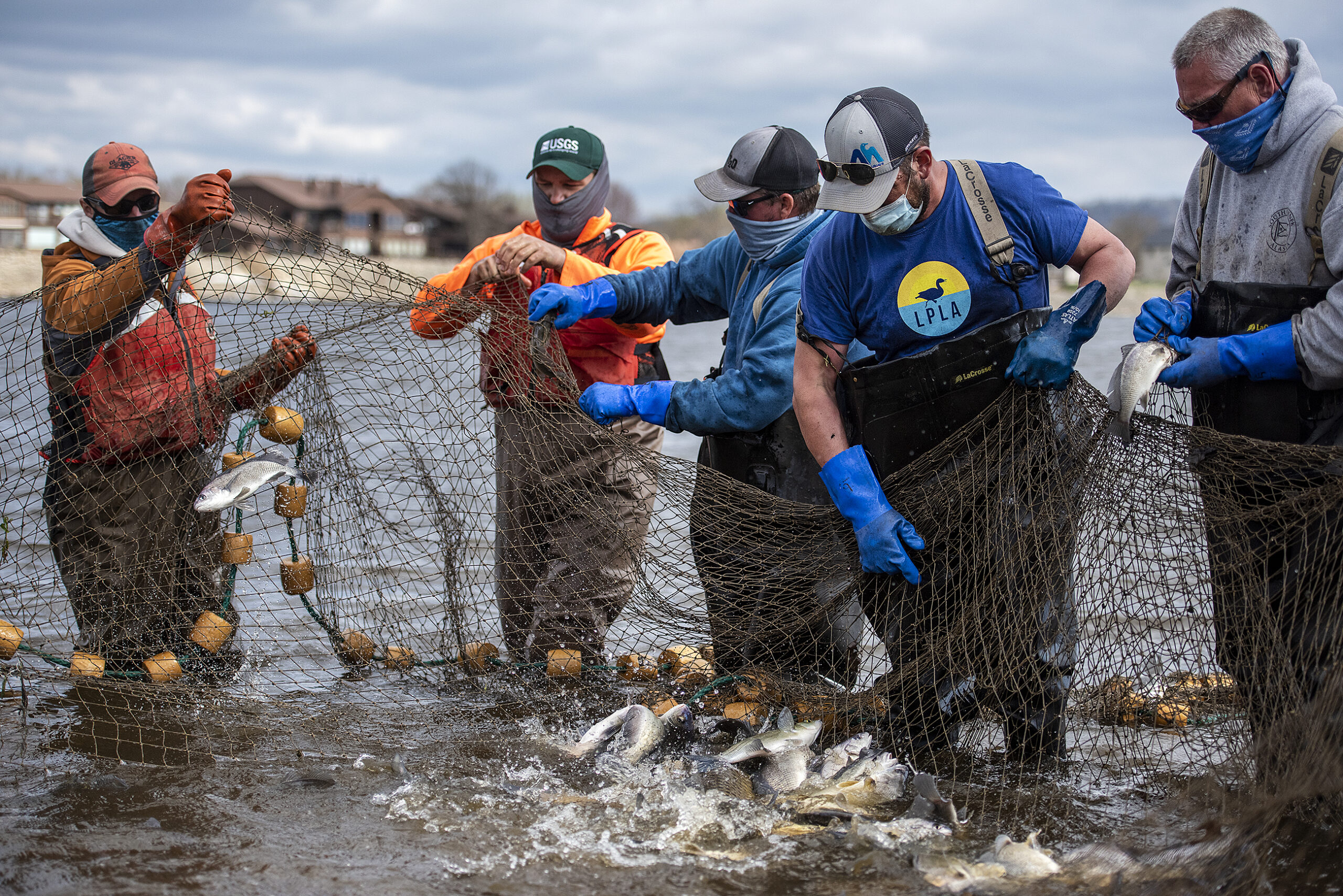
The Wisconsin and Minnesota DNRs have been working with the U.S. Fish & Wildlife Service to do surveys and removal efforts on the river, using a system of nets called the modified unified method and even tagging some carp, called “traitor” or “Judas” fish, in order to track them back to larger populations. Weeks said the goal of these efforts is to monitor the population while also removing as many fish as possible.
While finding higher numbers of the fish is concerning, he said the one comfort for wildlife officials is that they don’t believe the invasive carp are reproducing this far north on the river.
“We suspect it may have something to do with the amount of time that the female invasive carp eggs need to be at a certain water temperature to mature. We hopefully are below that threshold, but we don’t really have a great answer for that,” he said. “They spawn out in the heaviest current, out where all the barges are usually at. And so it’s difficult for us to determine if they’re reproducing because to sample out there is extremely difficult.”
Weeks said there’s only so much food available in a river system, so when invasive carp reproduce unchecked, they end up displacing native species like bluegill, walleye and bass.
Neeley said officials’ understanding of the fish continues to grow every year. She said coordination between the states and federal agencies has led to more monitoring and new projects testing out underwater deterrents to keep the fish from heading north.
Minnesota lawmakers have proposed a bill that would provide around $17 million to address invasive carp, including creating a deterrent system at Lock and Dam 5 near Winona, Minnesota.
Weeks said investment in these types of projects and new research on barriers is needed to keep up the fight against the invasive species in the long term.
“If we could try to take what they’ve learned (in current projects) and maybe take it another step in the Wisconsin portion and hopefully, stop them moving upstream, that would be our best case scenario,” he said.
For now, Weeks said the Wisconsin DNR and partner agencies will be back on the river removing invasive carp at the end of April.
Wisconsin Public Radio, © Copyright 2026, Board of Regents of the University of Wisconsin System and Wisconsin Educational Communications Board.

